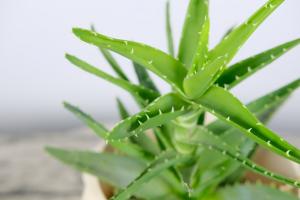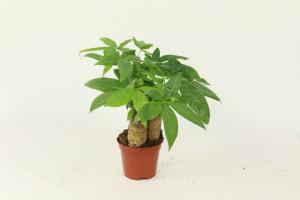What Soil is Best for Transferring Vegetable Plants into a Pot
Transferring vegetable plants into pots is an excellent way to ensure that they have the right amount of nutrients and water to grow. However, choosing the right soil is crucial to the success of this project. The soil in the pot should provide enough nutrients for the vegetable plant to grow and should have good water retention. In this article, we will discuss what soil is best for transferring vegetable plants into a pot and how to prepare the potting soil for transplantation.
Choosing the Right Soil
Choosing the right soil for transferring vegetable plants into a pot requires some research. There are many types of soils available in the market, and each has its own unique features. However, some soils are better suited for this purpose than others.
Potting soil is the best soil for transferring vegetable plants into a pot. Potting soil is a mixture of various organic materials, including peat moss, compost, and perlite. It has a light and porous texture, which allows it to retain moisture while also providing good drainage. Potting soil is also free of weed seeds, pests, and disease-causing organisms, ensuring that your vegetable plants grow in a healthy environment.
Preparing the Potting Soil
Before you transfer your vegetable plants into a pot, you need to prepare the potting soil. This involves adding some organic matter and fertilizer to the soil to boost its nutrient content.
First, add some compost to the potting soil. Compost is rich in organic matter and essential minerals, which makes it an excellent fertilizer for vegetable plants. Mix the compost into the potting soil using a garden fork or trowel.
Next, add some slow-release fertilizer to the potting soil. Slow-release fertilizer provides a steady supply of nutrients to the vegetable plants over an extended period. Sprinkle the fertilizer evenly over the soil surface, and mix it into the soil using a garden fork or trowel.
Transferring the Vegetable Plants into the Pot
Now that you have prepared the potting soil, it's time to transfer your vegetable plants into the pot. Here are the steps to follow:
Fill the pot with the potting soil until it's about 2/3 full.
Carefully lift the vegetable plant from its current container and gently remove any excess soil from the roots.
Place the plant in the pot and add more potting soil around the roots until it reaches the top of the pot.
Press the soil gently around the plant to ensure that it's firm and secure.
Water the plant thoroughly, making sure that the soil is evenly moist.
After transplanting your vegetable plants into the pot, make sure that they receive adequate amount of water and place them in an area where they'll receive the right amount of sunlight. With proper care, your vegetable plants will thrive and produce a bountiful harvest.
Conclusion
Transferring vegetable plants into a pot is a great way to provide them with the right amount of water and nutrients to thrive. However, choosing the right soil is a crucial factor in ensuring the success of this project. Potting soil is the best soil for transferring vegetable plants into a pot, as it provides good drainage, water retention, and is free of weed seeds and disease-causing organisms. By following the steps outlined in this article, you'll be able to prepare the potting soil correctly and transfer your vegetable plants into the pot with ease.

 how many times do yo...
how many times do yo... how many planted tre...
how many planted tre... how many pine trees ...
how many pine trees ... how many pecan trees...
how many pecan trees... how many plants comp...
how many plants comp... how many plants can ...
how many plants can ... how many plants and ...
how many plants and ... how many pepper plan...
how many pepper plan...






























